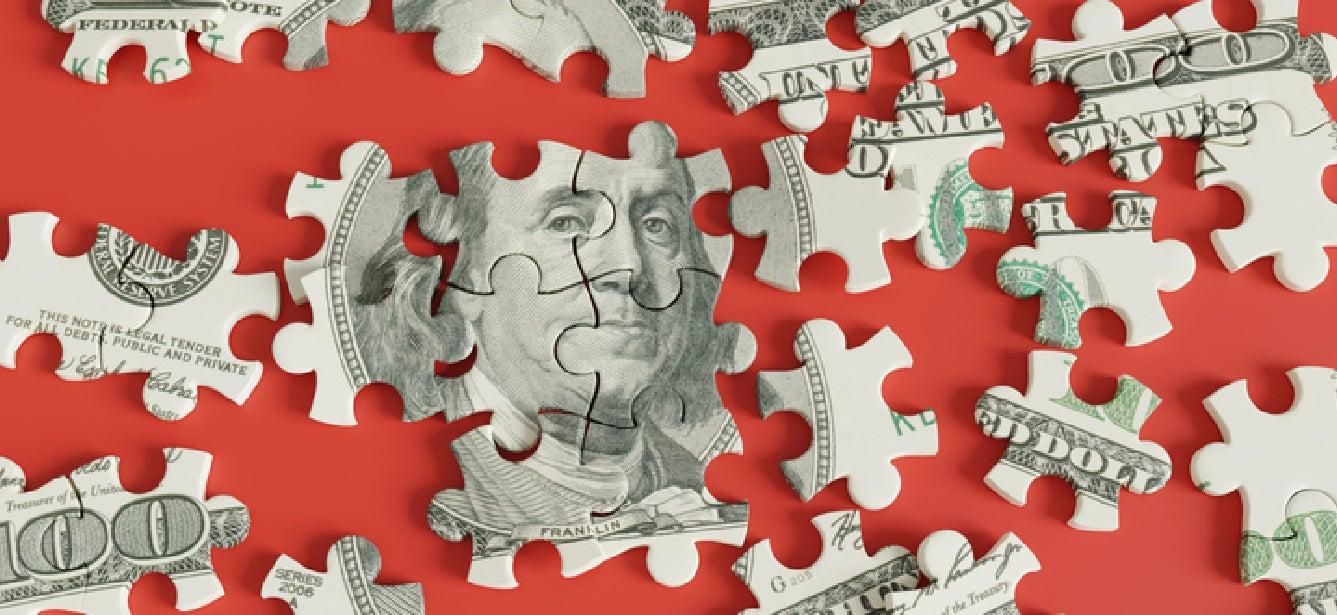
Related Topics
Everyone deserves to age with dignity and financial security. But on July 10, the House Appropriations Committee advanced several bills that cut FY25 funding for many key programs that support the health, financial security, and independence of older adults.
What’s included in the FY25 legislative package and how it impacts older adults
Significant cuts, small increases, or level funding are proposed for many of the aging services programs and agencies on which older adults and the organizations who serve them rely. At a time when 11,000 Americans are turning 65 every day, overdue investments in federal programs must be addressed. For decades, these programs have been underfunded. Now, facing a historic boom in demand, providers are being asked to do even more with even less.
You can view the funding amounts in our annual table.
Some notable highlights:
Older Americans Act programs
- Congregate and Home-Delivered Nutrition Programs: Cut $37 million from these two older adult meal services when about 12 million older adults are threatened by or experience hunger. Last year an estimated 55.6 million meals were served in group settings like Senior Centers and Churches and an estimated 206.2 million meals were delivered to homes.
- Senior Community Service Employment Program (SCSEP): Eliminate the Senior Community Services Employment Program, the only federal program that provides job training and placement for low-income older workers aged 55 and older. Since 2020, SCSEP has helped over 40,000 participants each year fight homelessness and poverty through training and work.
- Direct Care Workforce strategies: Eliminated the Workforce Direct Care Workforce Strategies Center which is the only federal center that provides critical training and resources to address the dire shortage of workers who help older adults stay independent, in their homes and not go to nursing homes or other facilities. Nearly three-quarters of direct care service providers are turning away new referrals, more than half have cut services, and all experience high turnover – averaging nearly 44 percent across states.
- Adult Protective Services grants: All funding for Adult Protective Services (APS) grants—the only federal funding specifically targeted to APS state and local interventions in elder abuse, neglect, and exploitation—were cut. In FY 2021 and FY 2022, over $38 million of the Prevention of Elder Abuse and Neglect services expenditures was leveraged from non-OAA funds, a ratio of more than $9 non-OAA funds for every dollar of funding from ACL.
Falls prevention
- Centers for Disease Prevention and Control falls prevention: Abolish funding for the CDC’s senior falls prevention program, which develops effective tools for doctors and health care providers to educate older adults on falls prevention. Falls are the number one cause of injuries and deaths from injuries among older adults and the nation is spending $80 billion to treat fall injuries annually, 71% of which is paid for by Medicare and Medicaid.1 These costs are expected to exceed $101 billion in 2030.
- Aging in Place falls prevention home modification grants: Wipe out funding for the home modification grant program, which enables low-income older adults to remain in their homes through low-cost, low barrier, high impact home modifications to reduce risk of falling, improve general safety, increase accessibility, and to improve their functional abilities in their home.
- Social Security Administration operating budget: The $453 million cut to the Social Security Administration’s administrative budget would bring the agency’s workforce to the lowest level in 50 years. With these cuts, Social Security field offices would close or reduce hours. Additionally, it would take even longer to get new or replacement Social Security cards, and employers would have to wait longer to verify new employees’ information.
The legislation also fails to invest in the decennial White House Conference on Aging (anticipated for 2025), which is crucial for mobilizing the public and private sectors to address the opportunities and challenges of our aging population.
Read the statement from NCOA President and CEO Ramsey Alwin about how the proposed cuts and funding shortfalls would hurt American families.
What’s next for FY25 appropriations?
Some, but not all, of these bills are expected to be debated on the House floor. The Senate Appropriations Committee also is trying to advance all of its respective bills by Aug. 1, but their floor debate is also uncertain.
As in recent years, expect that a continuing resolution (CR) will need to be passed before the start of the new fiscal year on Oct. 1 to keep the government open and running with level funding. Congress will then be in recess throughout October in advance of the November elections. The result of the elections will have a significant influence on whether appropriations are finalized this year or whether a CR provides simply the status quo.
What you can do: How to help ensure aging services programs get the funding they need to support older adults
Use our form to email your representatives and senators about needed investments in aging services, including specific requests for falls prevention, Chronic Disease Self-Management Education, SCSEP, and Medicare SHIP.
When your elected officials are back home during the August recess, use NCOA advocacy basics tips and tools, including our 'effective advocacy at home' resources to take advantage of any in-person opportunities to urge investment in the services and benefits older adults rely upon.
Sources
1. Yara K. Haddad, et al. Healthcare spending for non-fatal falls among older adults, USA. BMJ Injury Prevention. August 2024. Found on the internet at https://injuryprevention.bmj.com/content/30/4/272




